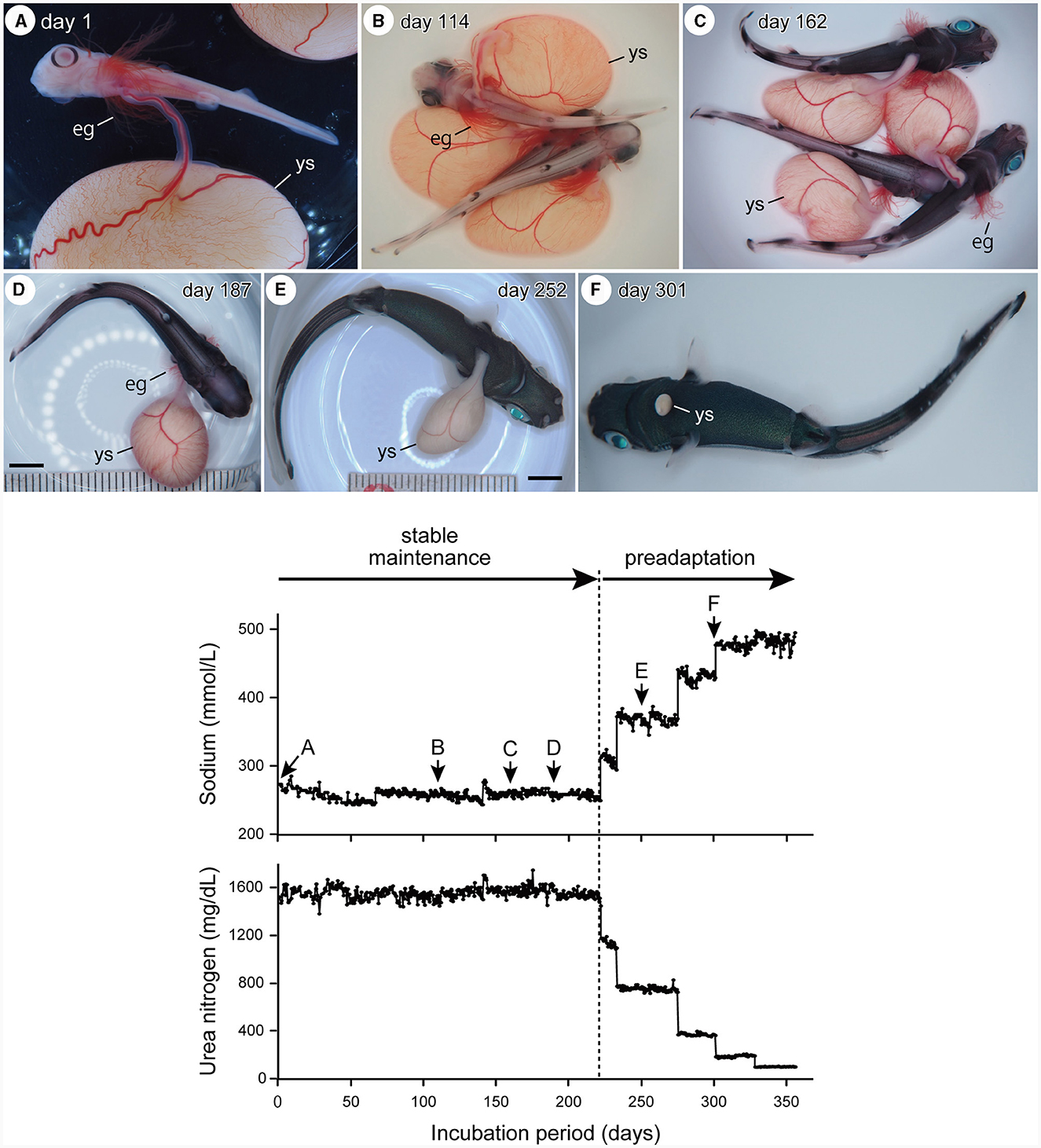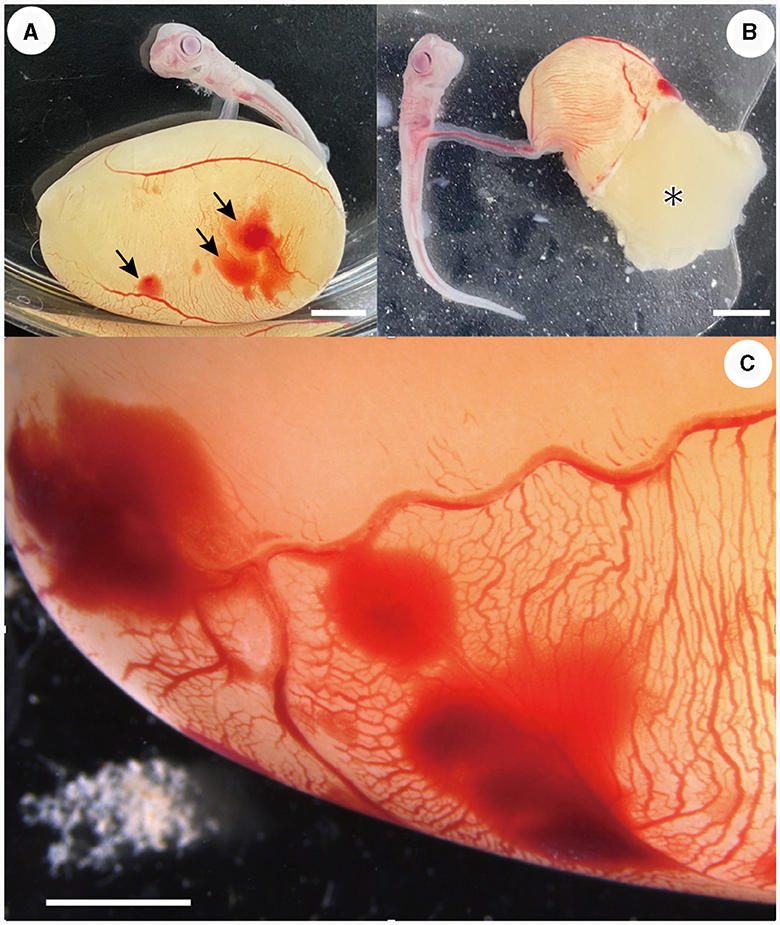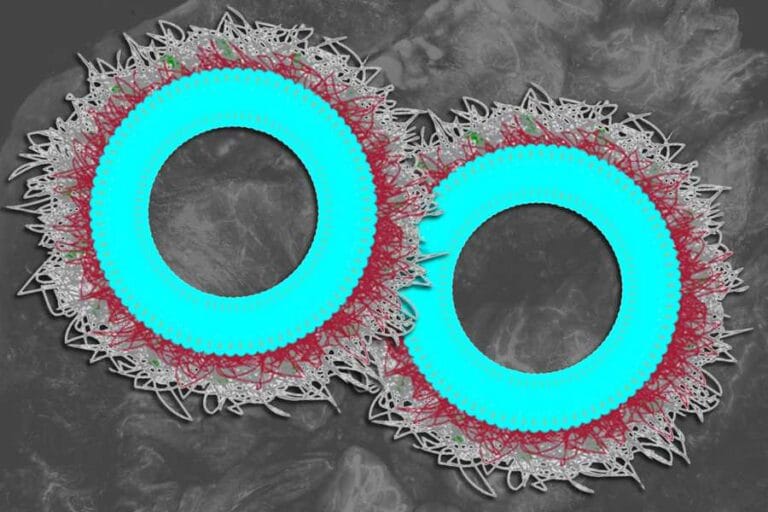Japanese scientists create artificial womb for baby sharks

Researchers at the Okinawa Churaumi Aquarium in Motobu, Japan, have developed an artificial womb capable of incubating embryos of thin-tailed lantern sharks (Etmopterus molleri) that were born prematurely, allowing them to develop to their natural birth size. This breakthrough represents a significant extension in incubation time, reaching 355 days, compared to the previous record of 160 days.
The new process has allowed medium-term embryos to grow from 3 to 15 centimeters, their natural size at birth. Premature sharks are extremely vulnerable due to the high salinity of seawater, which is especially dangerous for viviparous sharks, which don’t have a protective shell.
To get around this problem, the scientists developed an artificial uterine fluid with osmotic pressure and salinity similar to that of sharks’ blood plasma. The system gradually changed the chemical composition of the fluid in the fake uterus, reducing the proportion of artificial uterine fluid while increasing the amount of seawater. This adaptation helped create a safer environment for the premature embryos.

Although the success rate wasn’t perfect, with only three of the 33 embryos reaching birth size, these three surviving sharks are now healthy adults at the Okinawa Churaumi Aquarium, behaving identically to their naturally born counterparts. After being released from the artificial womb, the sharks were given a diet of chopped mackerel and shrimp, demonstrating behaviors typical of baby sharks.
According to Haiku Magazine, “The sharks are now healthy adults living at the Okinawa Churaumi Aquarium and look no different from their naturally born counterparts.”
The study’s lead author, Taketeru Tomita, stressed the importance of developing more universal reproductive systems, since the current method can be applied to around half of viviparous sharks. He told the magazine: “In our aquarium, as in the outside world for conservation, we cannot select the species we receive. The reproductive systems of sharks are very diverse, and I think our system can only be applied to about half of the viviparous sharks. We’d like to develop more universal systems.”

The team hopes to expand the application of the artificial womb to other species, reflecting a growing interest in the scientific community in artificial wombs, including for mammals. In 2017, for example, two teams of researchers raised premature lambs in artificial wombs, an innovation that could one day help save the lives of extremely premature human babies.
This breakthrough represents an important milestone in biotechnology and marine conservation, paving the way for future developments in artificial incubation technologies that could benefit several species, including humans.
The study is published in the journal Frontiers in Fish Science.






